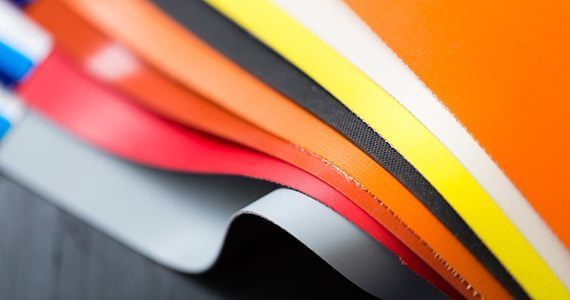Nitrile coated polyamide tire cord combines the following properties:
- NBR, as well known as Acrylonitrile Butadiene Rubber, was first developed in 1941 in a project meant to find an oil resistant rubber. However, NBR’s oil resistance depends on the grade of acrylonitrile. The higher the grade of acrylonitrile the better is resistance to oil and fuel. However, as the grade of acrylonitrile increases, the endurance to low temperatures decreases. NBR has good abrasion resistance nonetheless its physical properties are moderate in comparison with the Natural Rubber.
- Tire cord fabric is a type of industrial fabric which is constructed using High Tenacity yarns in the warp direction and yarns of negligible resistance in weft direction which is used to hold warn yarns locked in their position. Tire cord coated fabrics provides fundamental properties such as controlled deformation, high strength, abrasion resistance, etc. Widely used by the tire industry, it is also employed for the rubber hose manufacture, air springs, expansion joints, among many other applications.
Polyamide is a synthetic fiber formed of linear macromolecules having in the chain the recurring amide functional group. There are polyamides of low affinity and high affinity. They have low flammability, it starts to weaken at 180-200 ° C and melts at about 215-260 ° C. Good elasticity (greater than typical polyester). The polyamide yarn can have the strength of steel and fine wire of the spider. Depending on the weaving, the fabric may exhibit a very close silk appearance. Polyamide fabrics are often in the name of nylon which designated the base polyamide 6-6 whose current usage returns to generically polyamides.
Contact our engineering department to define your Nitrile coated polyamide tire cord

 Fireproofed
Fireproofed Non-skid
Non-skid Oil storage
Oil storage Fuel storage
Fuel storage Cold resistance
Cold resistance
